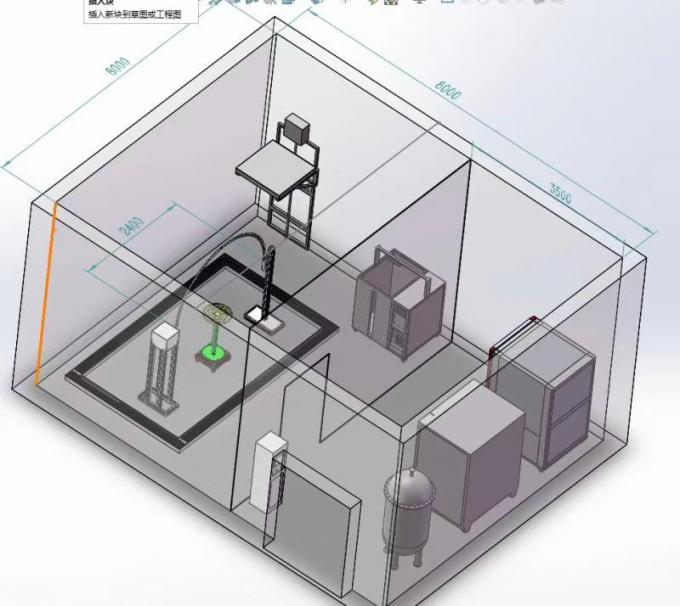Grasp the Price of Precision: Mastering Surgical Instrument Handling
Accurate grasp on surgical tools is a Extremely crucial skill for docs, nurses, and all those in the medical field. It's all about more than just how you hold it, like being safe, not wasting time, and giving good care. And no matter if you're just starting out, doing the Major surgeries, or helping out in the OR, knowing how to properly handle these gadgets really makes a big difference in how patients do.
First up, how to get your hands and eyes working together super tight for gripping those tools?
And secondly, what's the best way to grip all the different types of tools in surgery?

Nailing that manual dexterity is like the unique ingredient to handling surgical tools like a pro. It's all about the physical movement and getting your head into the game too.
You can get better at it by doing exercises that work on minute movements a lot. Think about trying to grab something very small with tweezers. It's not just about your fingers being strong; it's about how precise and controlled you are. Also, using visualization to picture the tool and what you need to do can help you get better. A study in the Hand Surgery journal showed that doing dexterity exercises helped people get way better at using those surgical tools.

Every tool is made to do a particular function, and the way you hold it can make it work super well or not so great. Like, forceps are for grasping objects, and you gotta have a good, steady hold, but not so tight to the point of damaging the material. Cutting instruments are different; they need a hold that lets you cut easily without hurting whatever you're cutting. A standard method for holding cutting instruments is the
- Is defibrillation protection testing done correctly?
- KingPo Delivers and Installs State-of-the-Art Dust Chamber in Korea, Enhancing Local Testing Capabilities
- Fatal mistakes in IPX9K waterproof test: nozzle size and water temperature control, the truth you must know
- Neutral Electrode Temperature-rise Tester: Ensuring Safety in Electrosurgery
- KINGPO 2024 R&D Results Report
- ISO 594 is replaced with ISO 80369
- Saudi Arabian Customer Purchase ISO 80369-7 reference connector and ISO 80369-20 test apparatus from us
- Understanding the Importance of Buying a Luer Connection Test Kit
- Understanding ASTM F2059 Fluid Flow Test: A Comprehensive Overview
- Medical Device Pressure Validation: Ensuring Accuracy and Reliability


